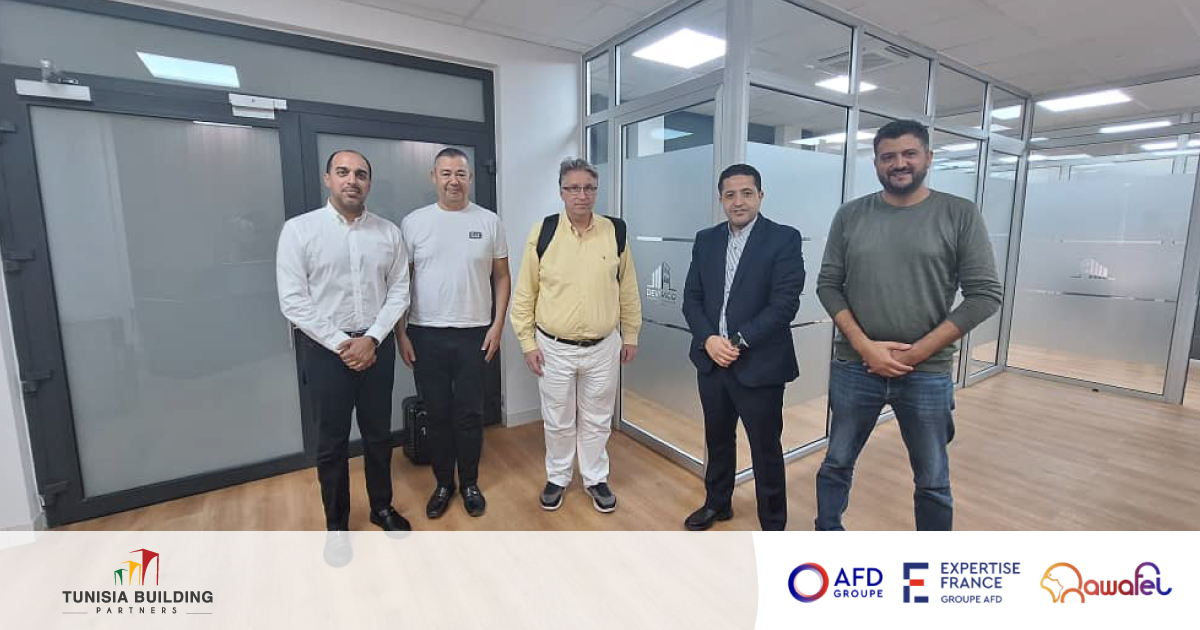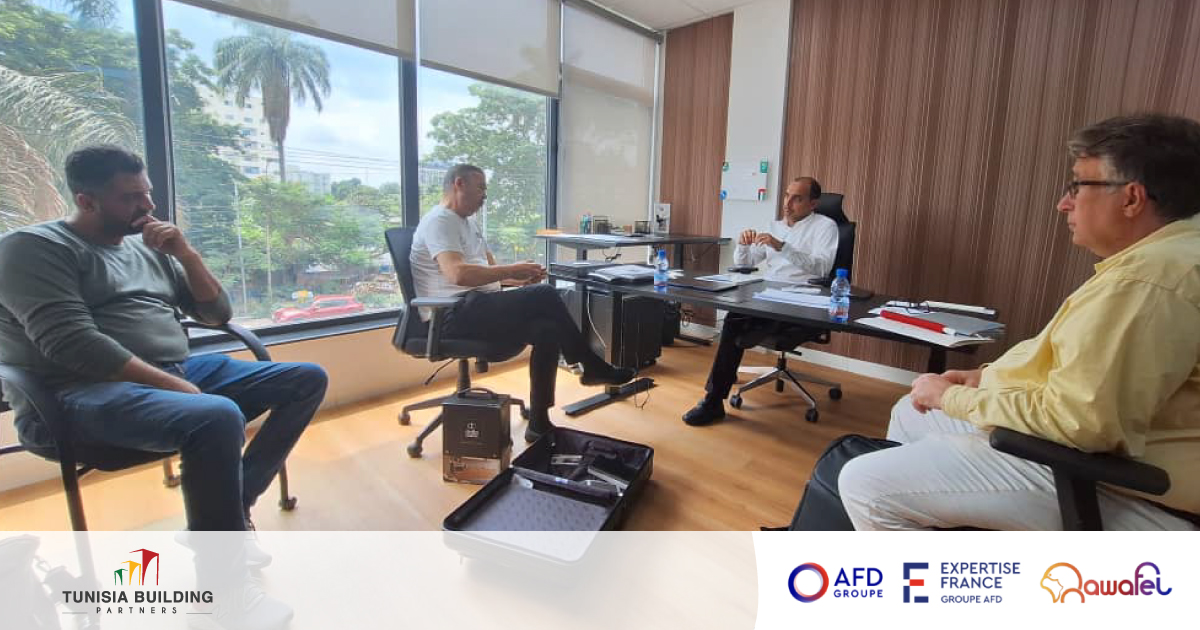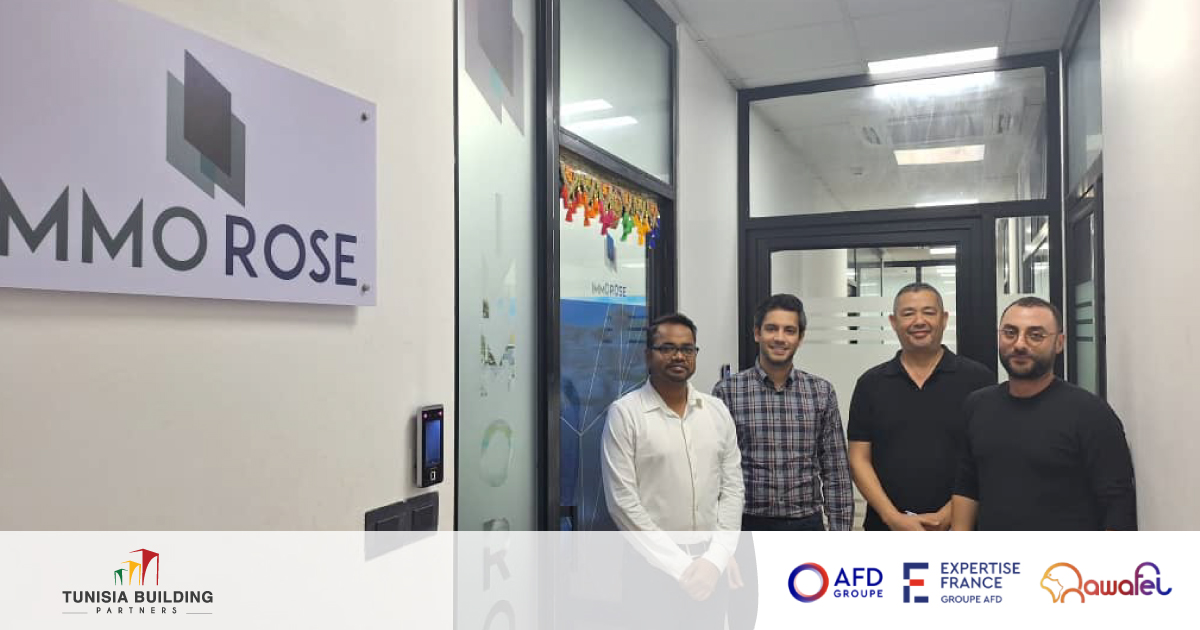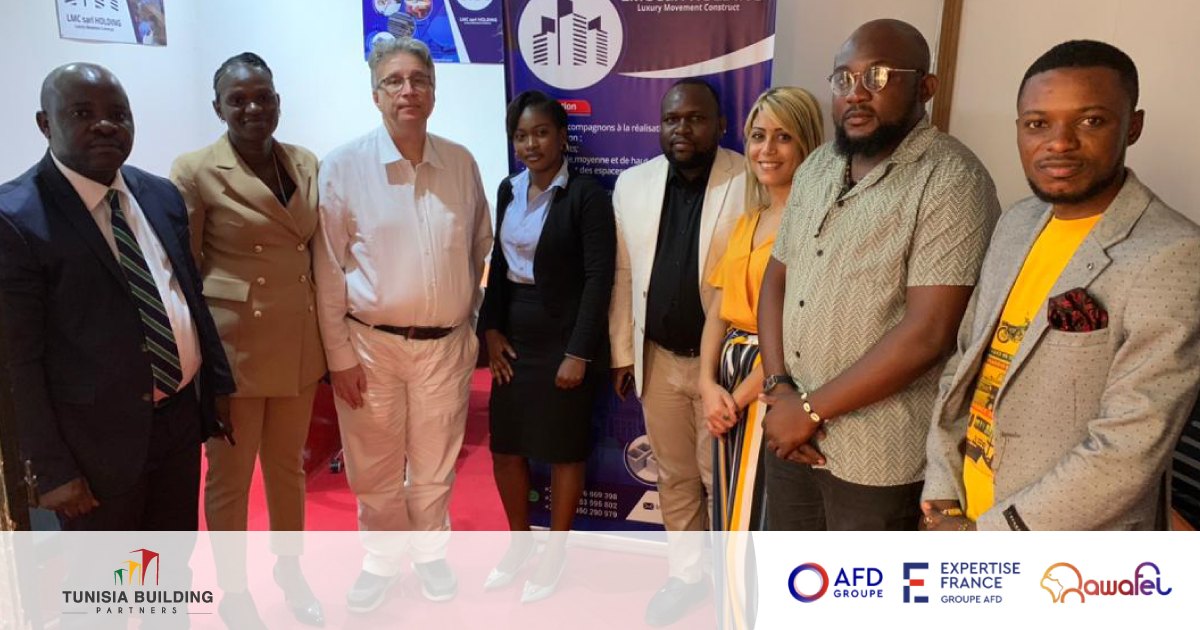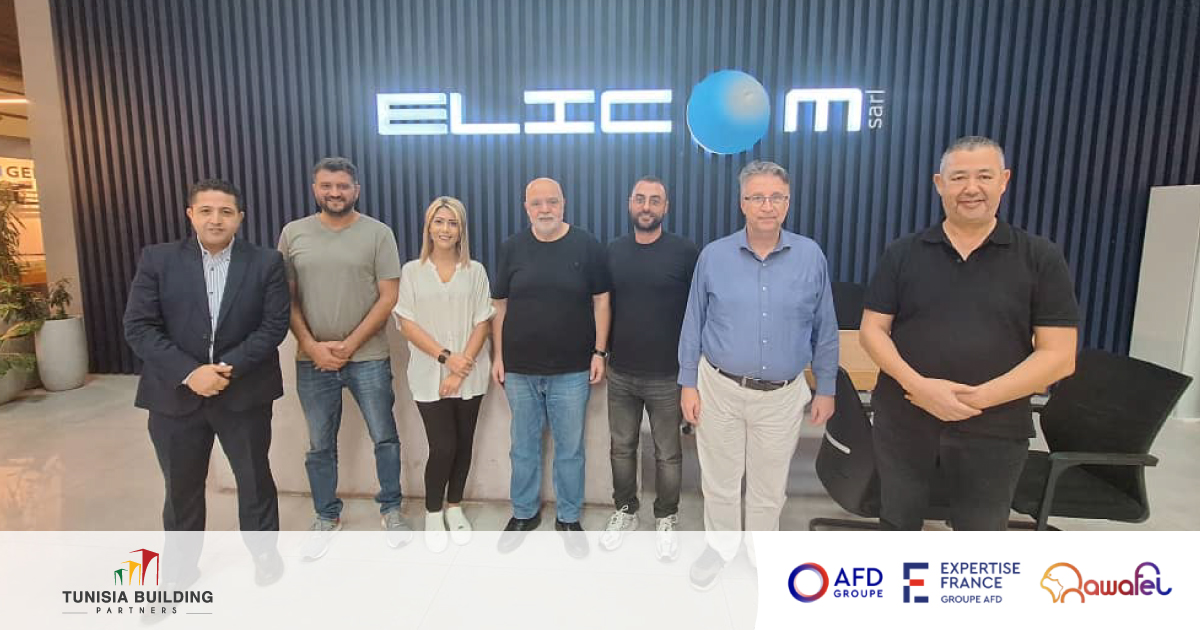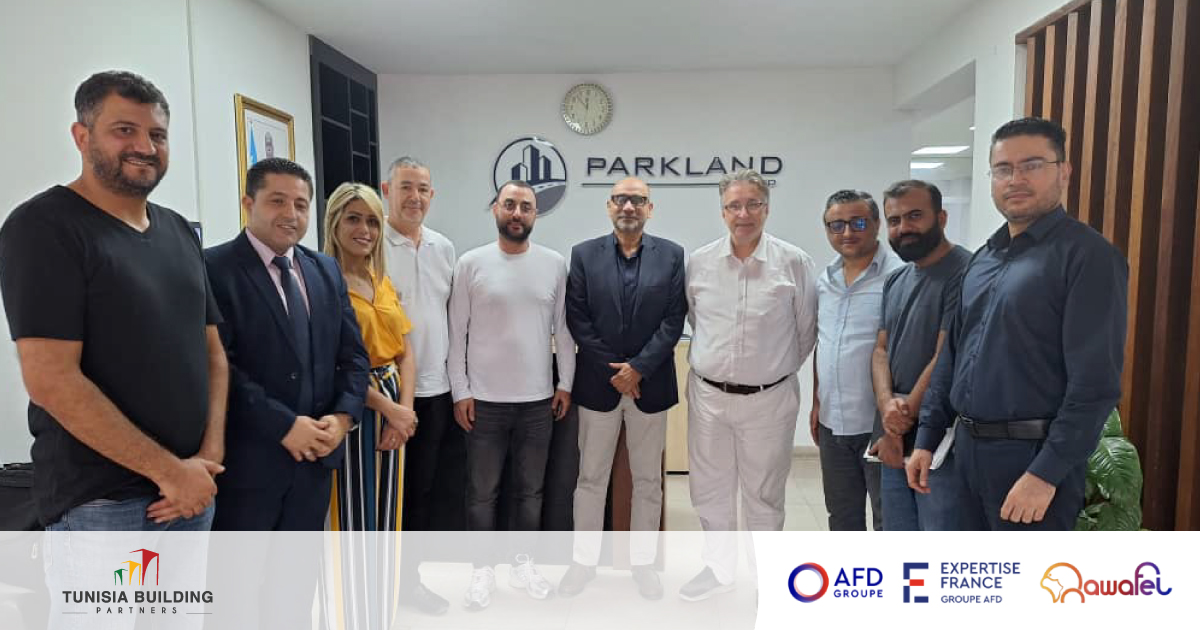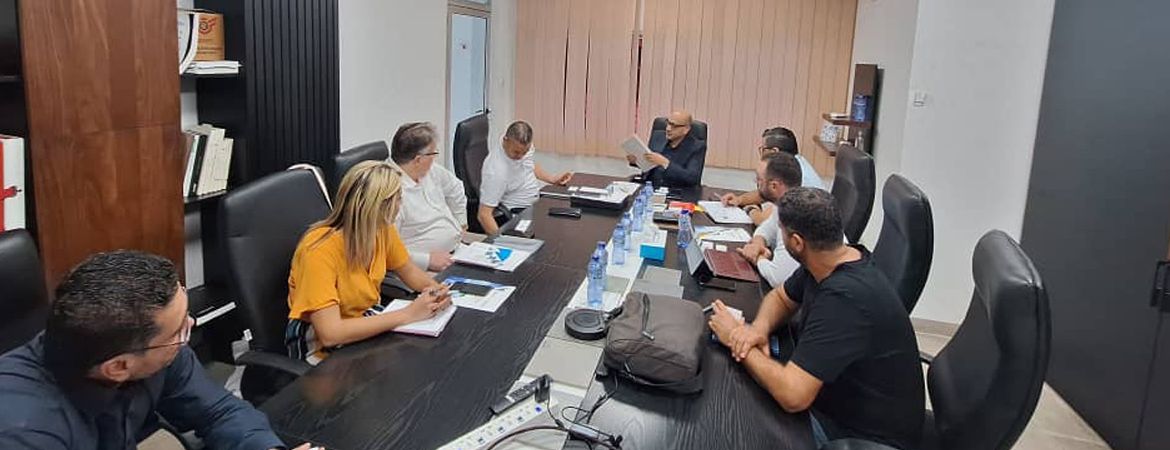
A look back at our mission in Kinshasa
Our economic mission in the DRC, held from 9 to 13 December, allowed TBP member companies to showcase Tunisian expertise in the construction sector in Kinshasa.
The fruitful exchanges opened new opportunities and strengthened Tunisia’s position in the Congolese market, paving the way for future collaborations.
This mission was supported by the @Qawafel project, funded by @AFD – Agence Française de Développement and implemented by @Expertise France.
#Qawafel #ReachAfrica #TBP #construction #BTP #ExportTunisia
Kinshasa: A Dynamic Urban Landscape and an Evolving Construction Sector
Kinshasa, the capital of the Democratic Republic of Congo (DRC), is a rapidly evolving megacity characterised by swift urbanisation and explosive population growth. Estimated to have 17.8 million residents in 2024, it is one of the fastest-growing cities in the world. This demographic momentum generates an immense and ongoing demand in the construction sector, encompassing housing, public infrastructure, and commercial spaces.
Kinshasa’s construction market presents a marked duality: a formal sector that is professionalising, with established property developers and large-scale projects, exists alongside a vast informal economy catering to the needs of the majority low-income population. Growth drivers are varied, including population pressure, significant government initiatives, and substantial financial support from international partners. The real estate market, in particular, is seeing rapid appreciation, especially for properties offering reliable services.
However, the sector faces systemic operational challenges such as payment delays, site management issues, and contractor productivity. Existing infrastructure is largely outpaced by unplanned urban growth, leading to problems such as congestion, limited access to essential services, and environmental vulnerabilities. The regulatory and financial framework is complex, characterised by inefficient governance and monetary volatility.
Despite these obstacles, the long-term potential of the sector is significant. Opportunities lie in infrastructure investments, the development of affordable housing, the adoption of sustainable and resilient solutions, and the expansion of industrial platforms. A nuanced understanding of the local context and a strategic approach are crucial for stakeholders looking to engage in this complex yet promising market.


